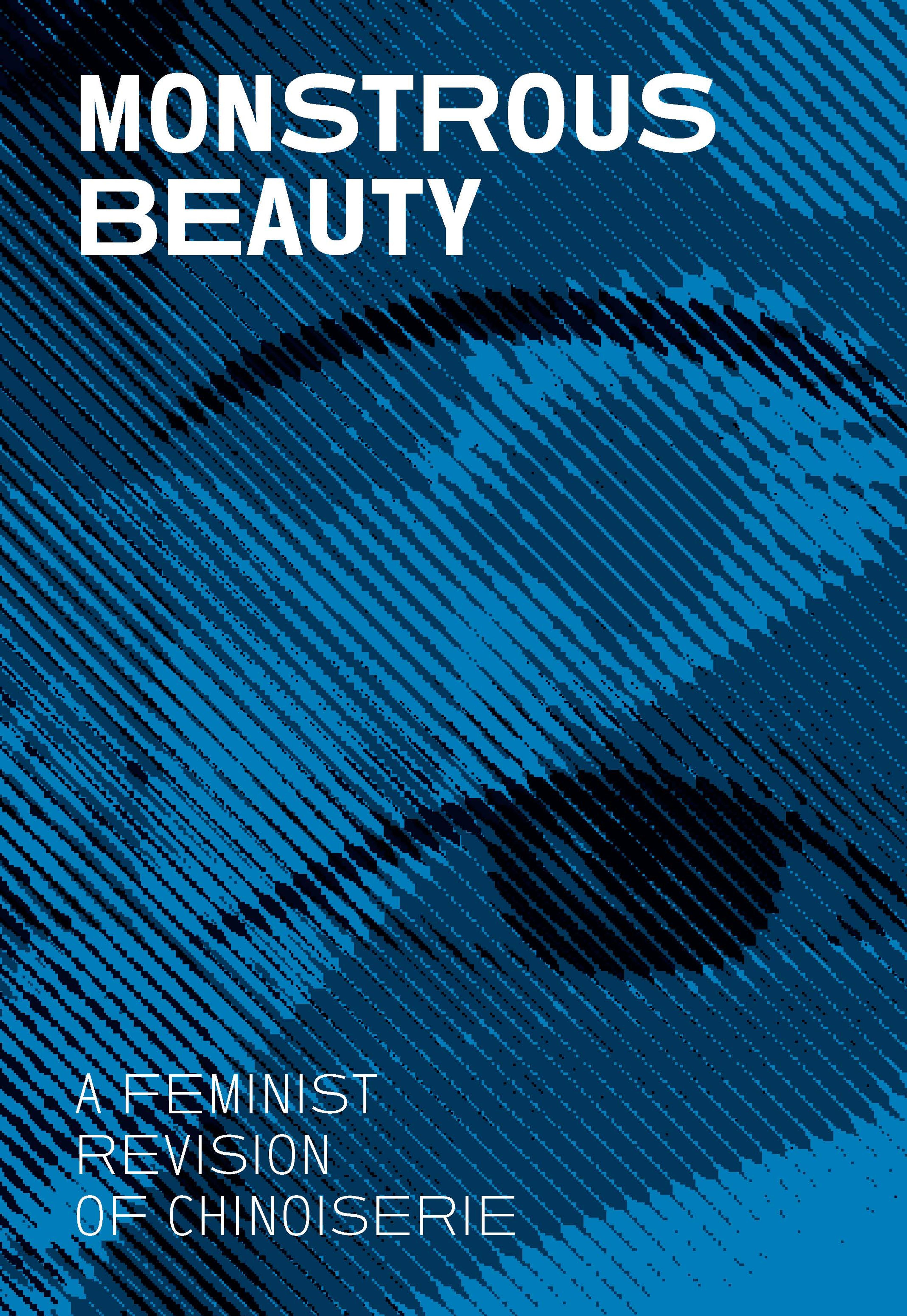Dish with Two Intertwined Dragons
Although Chinese blue-and-white porcelain had exerted a strong influence on ceramic production of the Islamic Near East since the fourteenth century, this phenomenon entered a new phase in the seventeenth century, as Persian ceramicists responded to the taste in Safavid Iran and abroad for Chinese export porcelain, known as Kraak ware.
The designs on this large dish adapt elements of Chinese blue-and-white porcelain of various dates. The center of the dish is densely ornamented with two entwined dragons, one light blue and the other dark blue with a white underbelly, grappling with each other against a concentric wave pattern. The cavetto zone surrounds this scene with a band of lotus flowers linked by delicately scrolling vines and leaves. The rim bears a reserve-painted wave-and-rock pattern and the exterior is decorated with scrolls of wispy and fanlike floral forms. On the foot of the dish is a "tassel mark" in imitation of a Chinese reign mark, or nien-hao. Similar marks are found on other bowls attributed to seventeenth-century Iran.
The designs on this large dish adapt elements of Chinese blue-and-white porcelain of various dates. The center of the dish is densely ornamented with two entwined dragons, one light blue and the other dark blue with a white underbelly, grappling with each other against a concentric wave pattern. The cavetto zone surrounds this scene with a band of lotus flowers linked by delicately scrolling vines and leaves. The rim bears a reserve-painted wave-and-rock pattern and the exterior is decorated with scrolls of wispy and fanlike floral forms. On the foot of the dish is a "tassel mark" in imitation of a Chinese reign mark, or nien-hao. Similar marks are found on other bowls attributed to seventeenth-century Iran.
Artwork Details
- Title:Dish with Two Intertwined Dragons
- Date:ca. 1640
- Geography:Attributed to Iran, Kirman
- Medium:Stonepaste; painted in blue under transparent glaze
- Dimensions:H. 2 3/4 in. (7cm)
Diam. 17 1/4 in. (43.8cm) - Classification:Ceramics
- Credit Line:Harris Brisbane Dick Fund, 1965
- Object Number:65.109.2
- Curatorial Department: Islamic Art
More Artwork
Research Resources
The Met provides unparalleled resources for research and welcomes an international community of students and scholars. The Met's Open Access API is where creators and researchers can connect to the The Met collection. Open Access data and public domain images are available for unrestricted commercial and noncommercial use without permission or fee.
To request images under copyright and other restrictions, please use this Image Request form.
Feedback
We continue to research and examine historical and cultural context for objects in The Met collection. If you have comments or questions about this object record, please contact us using the form below. The Museum looks forward to receiving your comments.
